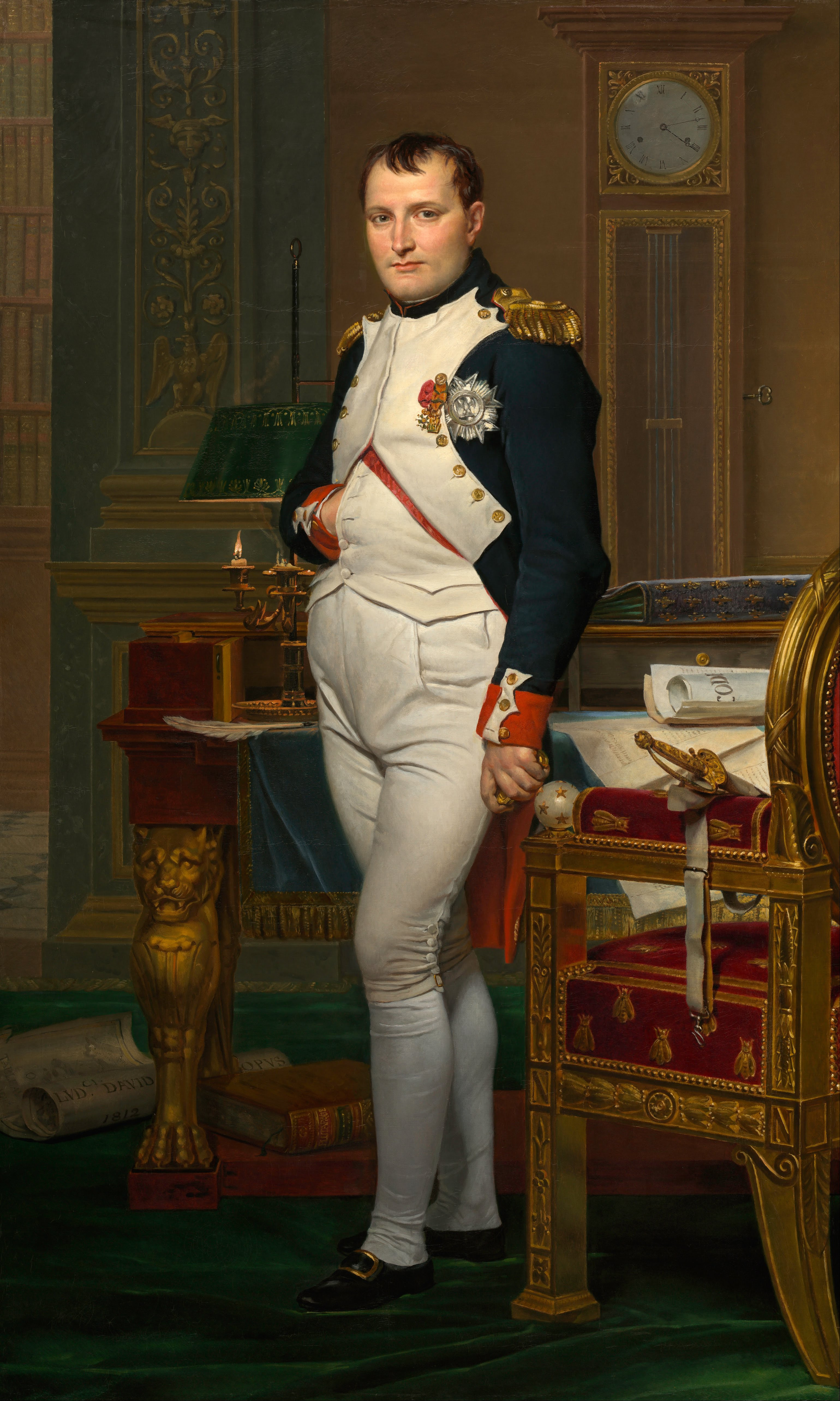|
Maja Sjöström
Maria (Maja) Sjöström (1868–1961) was a prominent Swedish textile artist from the 1890s to the 1930s. In particular, she designed intricate interior decorations for the new Stockholm City Hall. These included enormous silk tapestries which were woven at the Tessiture Luigi Bevilacqua, Luigi Bevilacqua Textile Company in Venice. Following the opening of the city hall in 1923, Sjöström moved to Rome where she spent the rest of her life, ultimately in poverty, dismissed by the Swedes for her belief in Mussolini. Her reputation was however restored in the 2000s. Early life Born on 13 March 1868 in Raus Parish, Helsingborg Municipality, Maja Sjöström was the daughter of Lars Sjöström and Amanda Landgren. She was brought up with her three sisters and three brothers in the bailiff's residence at Bårslöv. Despite the family's difficult financial conditions, she and her sisters went to school in nearby Helsingborg. In 1886, thanks to the support she received from Amanda Eriksson ... [...More Info...] [...Related Items...] OR: [Wikipedia] [Google] [Baidu] |
Maja Sjöström
Maria (Maja) Sjöström (1868–1961) was a prominent Swedish textile artist from the 1890s to the 1930s. In particular, she designed intricate interior decorations for the new Stockholm City Hall. These included enormous silk tapestries which were woven at the Tessiture Luigi Bevilacqua, Luigi Bevilacqua Textile Company in Venice. Following the opening of the city hall in 1923, Sjöström moved to Rome where she spent the rest of her life, ultimately in poverty, dismissed by the Swedes for her belief in Mussolini. Her reputation was however restored in the 2000s. Early life Born on 13 March 1868 in Raus Parish, Helsingborg Municipality, Maja Sjöström was the daughter of Lars Sjöström and Amanda Landgren. She was brought up with her three sisters and three brothers in the bailiff's residence at Bårslöv. Despite the family's difficult financial conditions, she and her sisters went to school in nearby Helsingborg. In 1886, thanks to the support she received from Amanda Eriksson ... [...More Info...] [...Related Items...] OR: [Wikipedia] [Google] [Baidu] |
Gösta Mittag-Leffler
Magnus Gustaf "Gösta" Mittag-Leffler (16 March 1846 – 7 July 1927) was a Swedish mathematician. His mathematical contributions are connected chiefly with the theory of functions, which today is called complex analysis. Biography Mittag-Leffler was born in Stockholm, son of the school principal John Olof Leffler and Gustava Wilhelmina Mittag; he later added his mother's maiden name to his paternal surname. His sister was the writer Anne Charlotte Leffler. He matriculated at Uppsala University in 1865, completed his PhD in 1872 and became docent at the university the same year. He was also curator (chairman) of the Stockholms nation (1872–1873). He next traveled to Paris, Göttingen and Berlin, studying under Weierstrass in the latter place. During this period he edited a weekly newspaper, '' Ny Illustrerad Tidning'', which was based in Stockholm. He then took up a position as professor of mathematics (as successor to Lorenz Lindelöf) at the University of Helsinki from 187 ... [...More Info...] [...Related Items...] OR: [Wikipedia] [Google] [Baidu] |
19th-century Women Textile Artists
The 19th (nineteenth) century began on 1 January 1801 ( MDCCCI), and ended on 31 December 1900 ( MCM). The 19th century was the ninth century of the 2nd millennium. The 19th century was characterized by vast social upheaval. Slavery was abolished in much of Europe and the Americas. The First Industrial Revolution, though it began in the late 18th century, expanding beyond its British homeland for the first time during this century, particularly remaking the economies and societies of the Low Countries, the Rhineland, Northern Italy, and the Northeastern United States. A few decades later, the Second Industrial Revolution led to ever more massive urbanization and much higher levels of productivity, profit, and prosperity, a pattern that continued into the 20th century. The Islamic gunpowder empires fell into decline and European imperialism brought much of South Asia, Southeast Asia, and almost all of Africa under colonial rule. It was also marked by the collapse of the lar ... [...More Info...] [...Related Items...] OR: [Wikipedia] [Google] [Baidu] |
